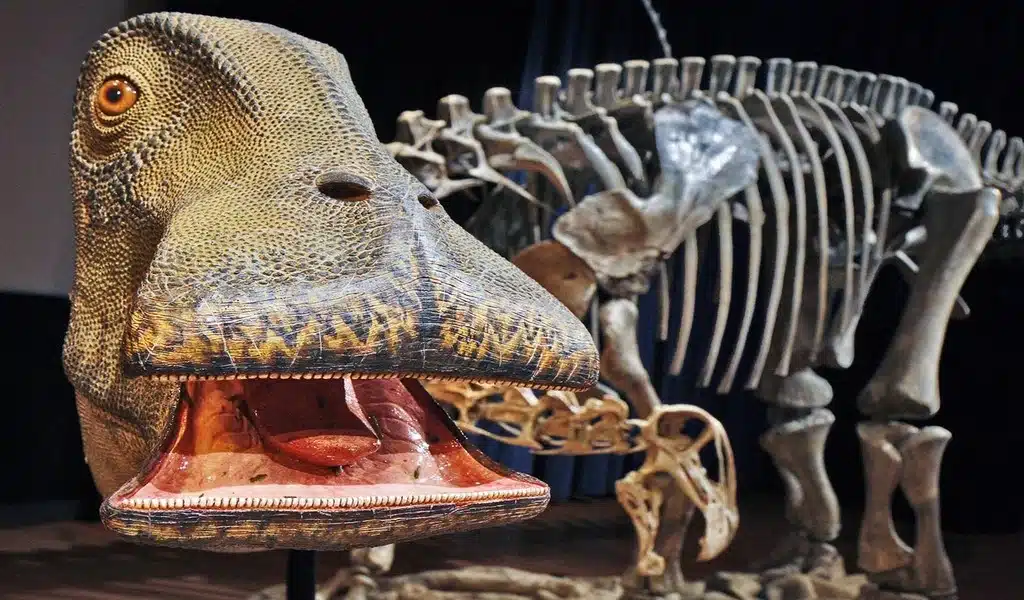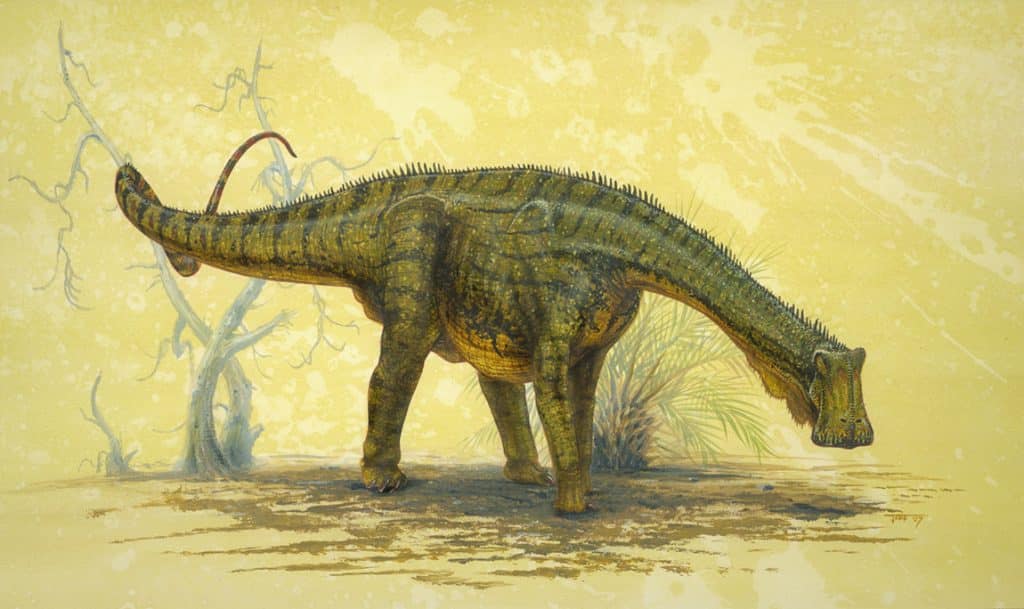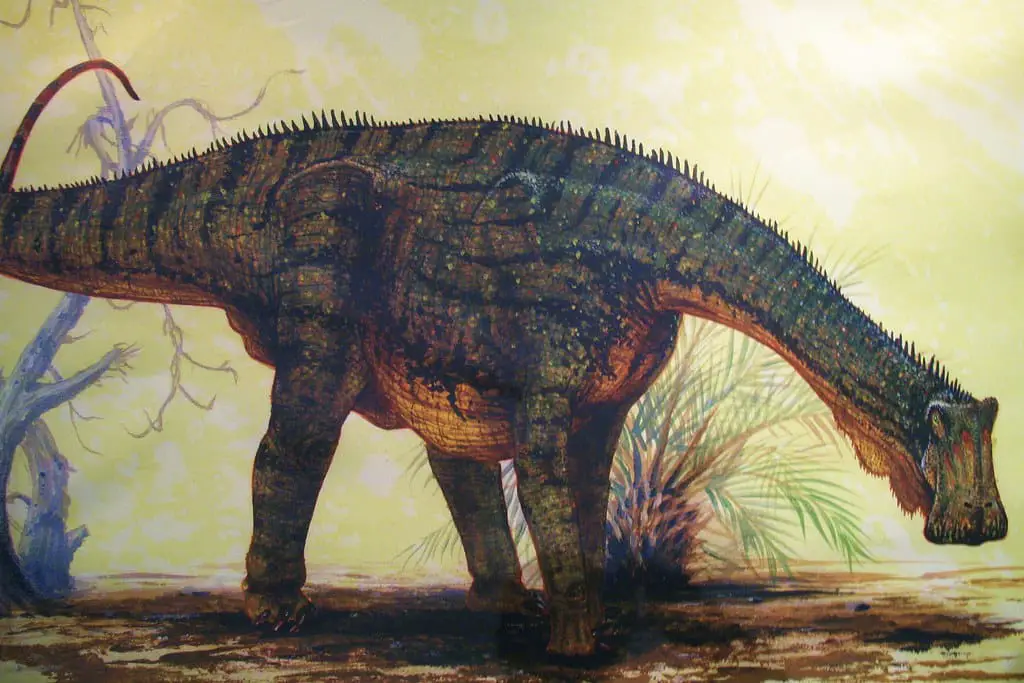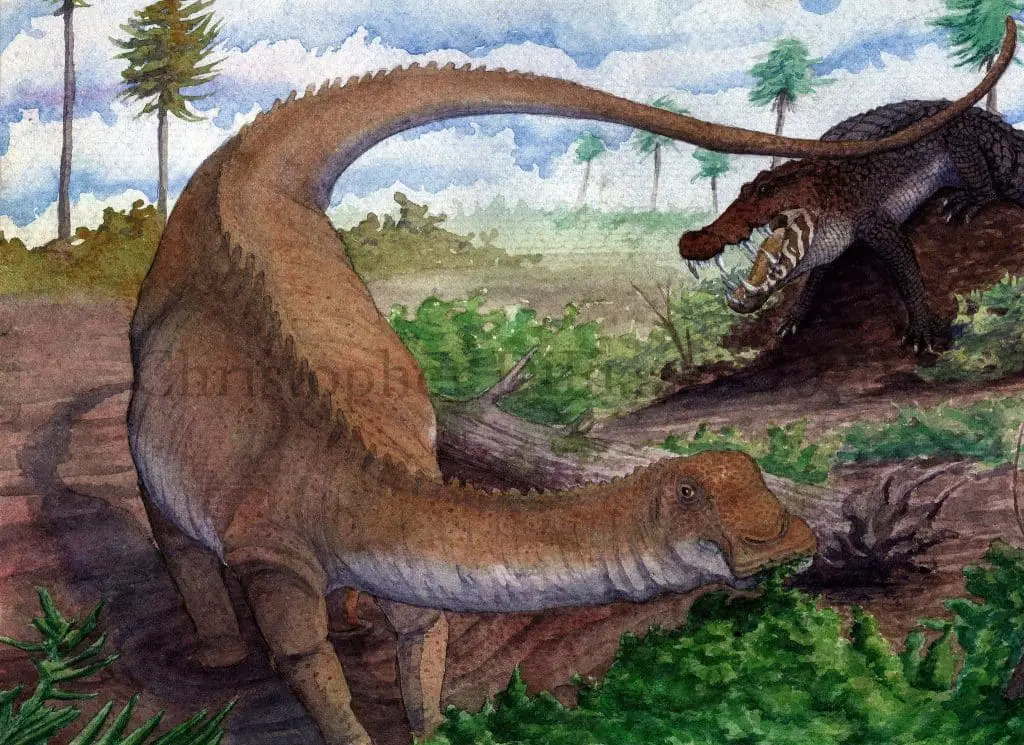PR News
Unraveling the Mystery of the Dinosaur with 500 Teeth

Dinosaur with 500 Teeth: Which dinosaur has 500 teeth? Dinosaurs have captivated the imagination for years due to their massive size, terrifying look, and strange activities.
Among the many dinosaur species that previously walked the Earth, one stands out for its remarkable dental feature: the dinosaur with 500 teeth. In this detailed guide, we will delve into the fascinating world of this enigmatic dinosaur, including its anatomy, habits, and significance in paleontology.
Unveiling the Mystery of the Dinosaur with 500 Teeth.
Consider a species with a mouth full of hundreds of teeth, each carefully positioned to aid in its everyday survival. The Nigersaurus dinosaur exemplifies the incredible diversity of prehistoric life.Nigersaurus: What dinosaur? Has 500 teeth and gets its name from the Republic of Niger in West Africa, where paleontologists discovered its fossilized bones.

Exploring the Anatomy of Nigersaurus.
Nigersaurus is a sauropod dinosaur known for its long neck, enormous bulk, and herbivorous habits. Its unique teeth configuration distinguishes it from other species. Unlike other sauropods with relatively few teeth, Nigersaurus had a dense cluster of tiny, pencil-shaped teeth organized in many rows along its jaw. These teeth, which numbered up to 500 in some species, created a formidable cutting edge suitable for cropping vegetation.
Feeding Habits of Nigersaurus
Nigersaurus’ unusual dental equipment enabled it to thrive in its ancient ecology. Paleontologists believe Nigersaurus dined on low-lying flora, utilizing its large, squared snout to sweep across ground and crop plants efficiently. Its oral modification enabled it to devour vast amounts of plant matter while maintaining its massive body size and energy requirements.
The importance of Nigersaurus in paleontology
Nigersaurus sheds light on herbivorous dinosaurs’ evolutionary adaptations and roles in prehistoric environments. Scientists can reconstruct prehistoric sauropods’ feeding habits and nutritional preferences by analyzing their fossilized remnants and tooth structure. Nigersaurus also emphasizes the incredible diversity of life during the Mesozoic Era, demonstrating nature’s limitless capacity for invention and adaptation.
Nigersaurus and Popular Culture
While not as well-known as legendary dinosaurs like Tyrannosaurus rex or Triceratops, Nigersaurus has captivated paleontology enthusiasts and artists with its distinctive dental morphology. It is mentioned in several forms of media, including documentaries, literature, and cartoons. Its unique look and intriguing lifestyle make it an appealing scientific study and creative interpretation subject.
Understanding the Evolutionary Origins of Nigersaurus
To fully comprehend the significance of the Nigersaurus and its 500 teeth, we must examine its evolutionary history and the circumstances that influenced its distinct dental architecture. Paleontologists believe that Nigersaurus’ dental adaption was affected by environmental factors and evolutionary restrictions.By tracking its genealogy and comparing it to other sauropod dinosaurs, researchers may piece together the evolutionary puzzle that led to the creation of Nigersaurus’ remarkable dental equipment.
The Role of Nigersaurus in Ecosystem Dynamics
Aside from its extraordinary tooth structure, Nigersaurus played an important role in altering the dynamics of its prehistoric habitat. As a big herbivore, it would have applied enormous grazing pressure to vegetation, altering plant groups and ecosystem structure. By researching how Nigersaurus interacted with its surroundings, scientists can learn about the complex relationships that ruled life throughout the Mesozoic Era.
Nigersaurus, a testament to paleontological discovery.
The finding of Nigersaurus was a success of paleontological research and scientific inquiry. The fossilized remains were discovered after years of laborious excavation and study by dedicated teams of experts in the unforgiving Sahara Desert. Nigersaurus is significant not only for its scientific worth but also as a reminder of the ongoing quest for knowledge and the potential discoveries beneath the Earth’s surface.
Challenges and Controversies in Nigersaurus Research.
Like many other scientific breakthroughs, the study of Nigersaurus has faced hurdles and debates. Some features of its anatomy and behavior are still strongly contested among paleontologists, resulting in vigorous conversations and ongoing research efforts. Researchers are refining their understanding of the Nigersaurus and its role in life’s development by embracing uncertainty and rigorous scientific debate.
The Legacy of Nigersaurus: Motivating Future Generations
As we ponder Nigersaurus’ legacy, we acknowledge its ability to arouse curiosity and create a passion for science in future generations. Nigersaurus inspires people through museum exhibits, educational outreach activities, and popular media, fostering a greater awareness of nature. Its story exemplifies dinosaurs’ enduring attraction and the limitless possibilities for discovery that lie ahead.
Conclusion
Finally, Nigersaurus exemplifies the wonders of evolution and the never-ending pursuit of knowledge that motivates scientific investigation. Its distinctive dental morphology, evolutionary relevance, and ecological role provide insight into dinosaur evolution and the forces that determined its existence. By studying Nigersaurus, we can uncover the mysteries of the past and pave the way for a brighter future full of discovery and adventure, including figuring out what dinosaur has 500 teeth.































